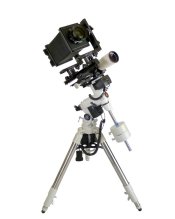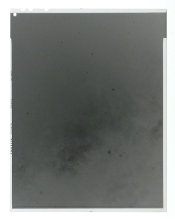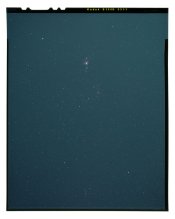ColdEye
Member
Hello folks, I have been recently dabbling in Wide Field astros and as I was going through Google reading some literature about it, I noticed that there were some pretty cool astro photographs made with film. They were mostly made with short tele or tele lenses and the camera was on a tracking mount. Now I was wondering, what film would be the best to use today? I am only looking for fresh film that I can buy now.  I already have the camera and lens, and the tracking mount I will get in a month or so. I am thinking 35mm would be the best option here, as MF seems too bulky for this endeavor. All advice is welcome specially from those who have tried this. Thank you.
I already have the camera and lens, and the tracking mount I will get in a month or so. I am thinking 35mm would be the best option here, as MF seems too bulky for this endeavor. All advice is welcome specially from those who have tried this. Thank you. 
 I already have the camera and lens, and the tracking mount I will get in a month or so. I am thinking 35mm would be the best option here, as MF seems too bulky for this endeavor. All advice is welcome specially from those who have tried this. Thank you.
I already have the camera and lens, and the tracking mount I will get in a month or so. I am thinking 35mm would be the best option here, as MF seems too bulky for this endeavor. All advice is welcome specially from those who have tried this. Thank you. 





 . The real prize is images of nebulae and galaxies.
. The real prize is images of nebulae and galaxies. 